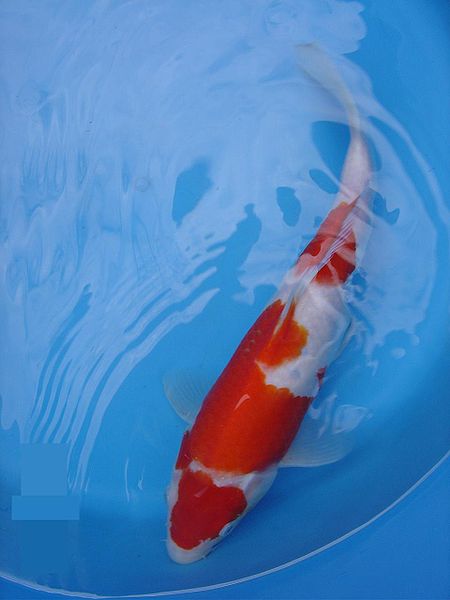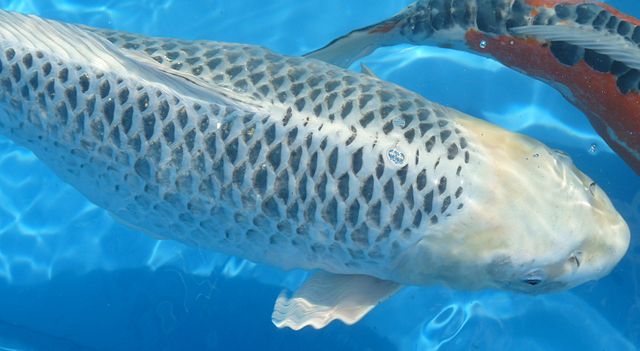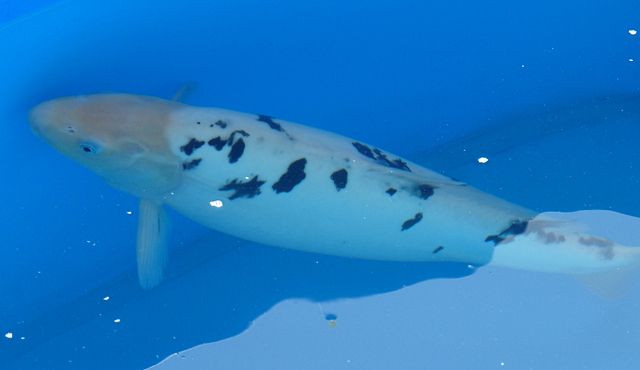
The different types of nishiki-goi, the colored carp!
Carp are said to come from central Asia. Do you know that carp are highly prized in Japan as a special kind of enjoyment? After rare colors of carp were discovered in Niigata prefecture, the interest in colored carp spread out among affluent families. In Japan they successfully became a lucky charm, but now they are called "swimming jewels" that are loved throughout the whole world.
This post may contain affiliate links. If you buy through them, we may earn a commission at no additional cost to you.
Colored carp have an image of being high class. People like Justin Bieber have tattoos of them, and many people have an interest in raising them. As we introduce them, we'll also discuss the meaning of their beauty.
"There have been references to the different colors of carp in Chinese books from the Western Jin Dynasty (4th Century BC)."
"It's generally thought that the raising of carp began in Niigata Prefecture in the 19th century, in what used to be called Yamakoshi but is now part of Nagaoka."
"Until they were exhibited at the Tokyo Fair in 1914, the world had no idea about their degree of development."
"In China, there is an ancient legend called Touryuumon that says that once a fish climbs a waterfall it become a dragon. That idea was transmitted to Japan, and in the Edo Period, samurai families began celebrating Boys' Day (May 5th on the now-obsolete Japanese calendar) in their gardens in order to wish success upon their children. They had the custom of decorating with carp banners flying on a rainy day in the middle of the rainy season."
This is the most common color combination among carp. That alone, to people who have great interest in carp, makes this fish the ultimate among the rest. (Red and white are auspicious colors.)
Taisho Sanshoku (white, red, and black)
The Taisho Sanshoku has a white base upon which black and red create a pattern. The common nickname is "sanke."
It commonly appears in Japanese paintings.
Tanchou (red-crowned crane)
Frankly, the fact that its head is the only red-colored part is its main characteristic. The roundness of the red spot is connected to the value of the fish's beauty. It's very popular outside Japan.
Yamabuki Ougon (yellow rose gold)
It's very popular because it fools people into thinking it's beautifully made of real gold. It has the appearance of "swimming treasure."
Platinum

Contrary to its white, almost-translucent image, it's very easy to raise, so it's a popular kind of carp. A lot of people think this is the fish for beginners.
Kumonryuu
This is a fish that changes appearance as it grows, so it's prized because of that enjoyment. They say that there's no fish that's as enjoyable to raise.
Diaya Kouhaku (metallic red and white)
This is a fish with a red and white base, but the scales shine silver. It looks like the "kouhaku" base is the raw ore, and placed above it are melee diamonds.
This fish has silver scales and a platinum-like white base. It has a fearless, tasteful image. It's glossy life is called "luster." While its colors are only a monochromatic white, its scales become conspicuous, and it's said that they grow in value easily.
The general term for fish that have the colors white, red, yellow, and black is "tortoiseshell." Since each fish has it in different combinations, you can choose the ones you like best, but they're all still tortoiseshell.
The information in this article is accurate at the time of publication.









